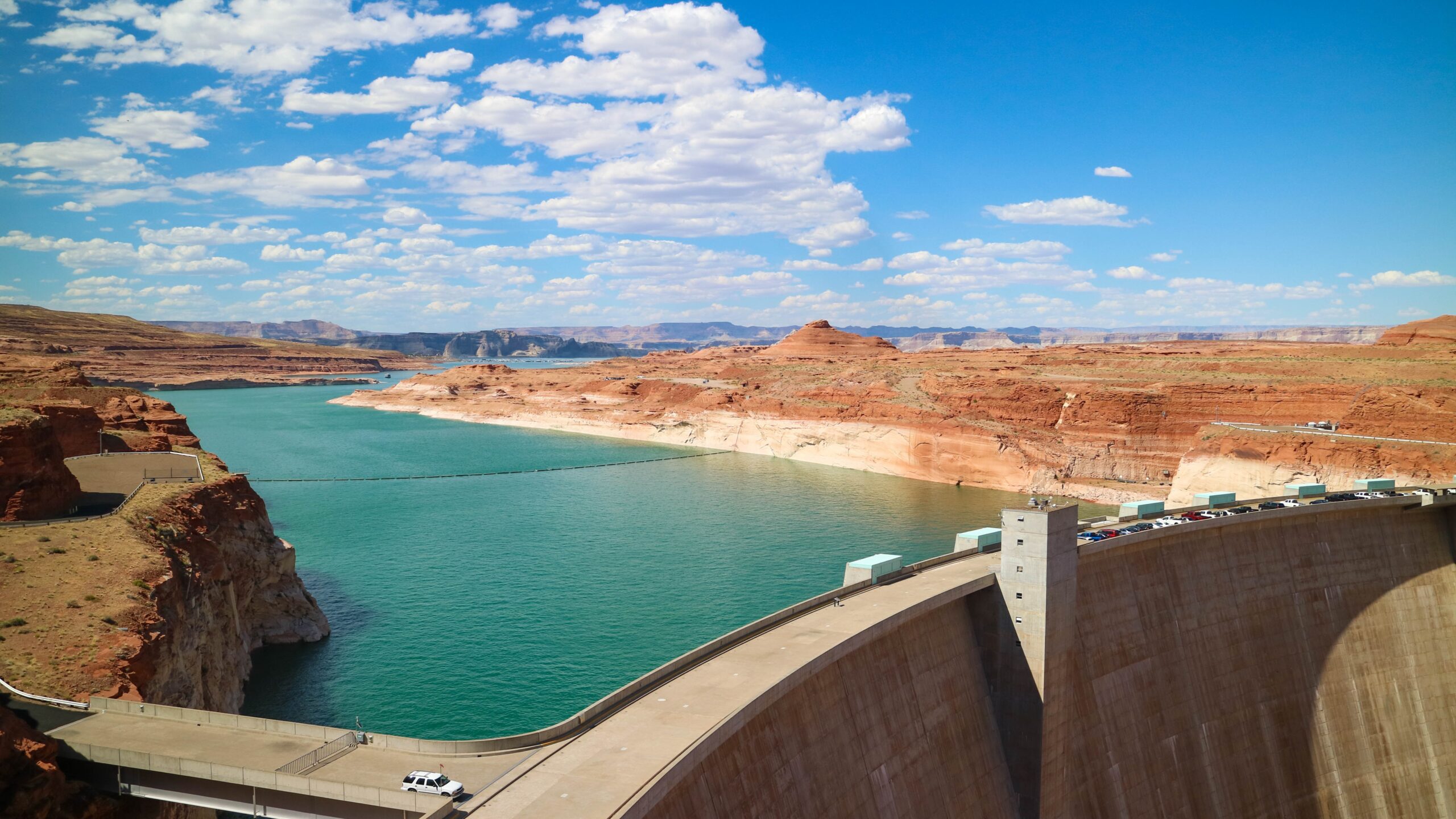When discussing renewable energy sources, the first thing that comes to mind for many is glittering farms of solar panels or spinning fields of wind turbines. These are the two kinds of clean energy production given the most run in the media and are the targets of billions of dollars in public and private funding. Given time, that number will reach the trillions.
All over the world, countries are facing significant internal and external pressure to divest from traditional power sources and their resulting emissions. Changes to the environment likely will not be addressed without worldwide efforts. But is the world ready to commit to a future entirely supported by wind and solar power? While the efficiency of these technologies is constantly improving, reliability is still a question. Solar panels won’t work properly on an overcast day, and calmer weather brings similar trouble for turbines.
Something rarely discussed is that sustainability of known power sources is not an all-or-nothing situation. Society isn’t forced to choose between oil or coal energy and inconsistent solar and wind sources. Thankfully, some alternatives offer a middle ground.
Nuclear power is one. It fulfills our energy needs at a lower environmental cost than oil and coal; however, it brings its risks. Although relatively rare nowadays, a nuclear meltdown could leave the nearby environment untenable to organic life for thousands of years.
Hydroelectric power comes with no such risks. It is among our oldest known methods of generating electricity and has been a significant energy source in the U.S. since the early 20th century.
By using dams to direct flowing river water onto turbines, the method harnesses natural power in a way not too different from wind energy.
The output is comparable to other renewables, with hydroelectric power being the largest current renewable energy source in the U.S. The nation’s capacity to increase its use is hampered by a finite number of bodies of water; however, the power source remains promising as a supplement to the eventually dominant solar and wind types.
There are three kinds of hydroelectric facilities:
- Impoundment, the most common setup involving a dam and a reservoir;
- Diversion, a ‘run-of-river’ facility that runs river water along a natural geographic decline; and
- Pumped storage can store all types of power and functions as a massive renewable battery.
Each one has different uses depending on the geography of the region and capacity requirements.
While the development of new hydroelectric facilities is declining compared to the decades-ago peak, projects like Xcel Energy’s planned facility in Colorado show a continued belief among power producers in this technology. Xcel, the largest utility in the state with an estimated 1.5 million customers, is looking to build this massive pumped-storage facility as it moves toward a 2050 goal of producing 100% carbon-free power. It is awaiting government approval and would have enough clean energy to support more than 300,000 homes.





